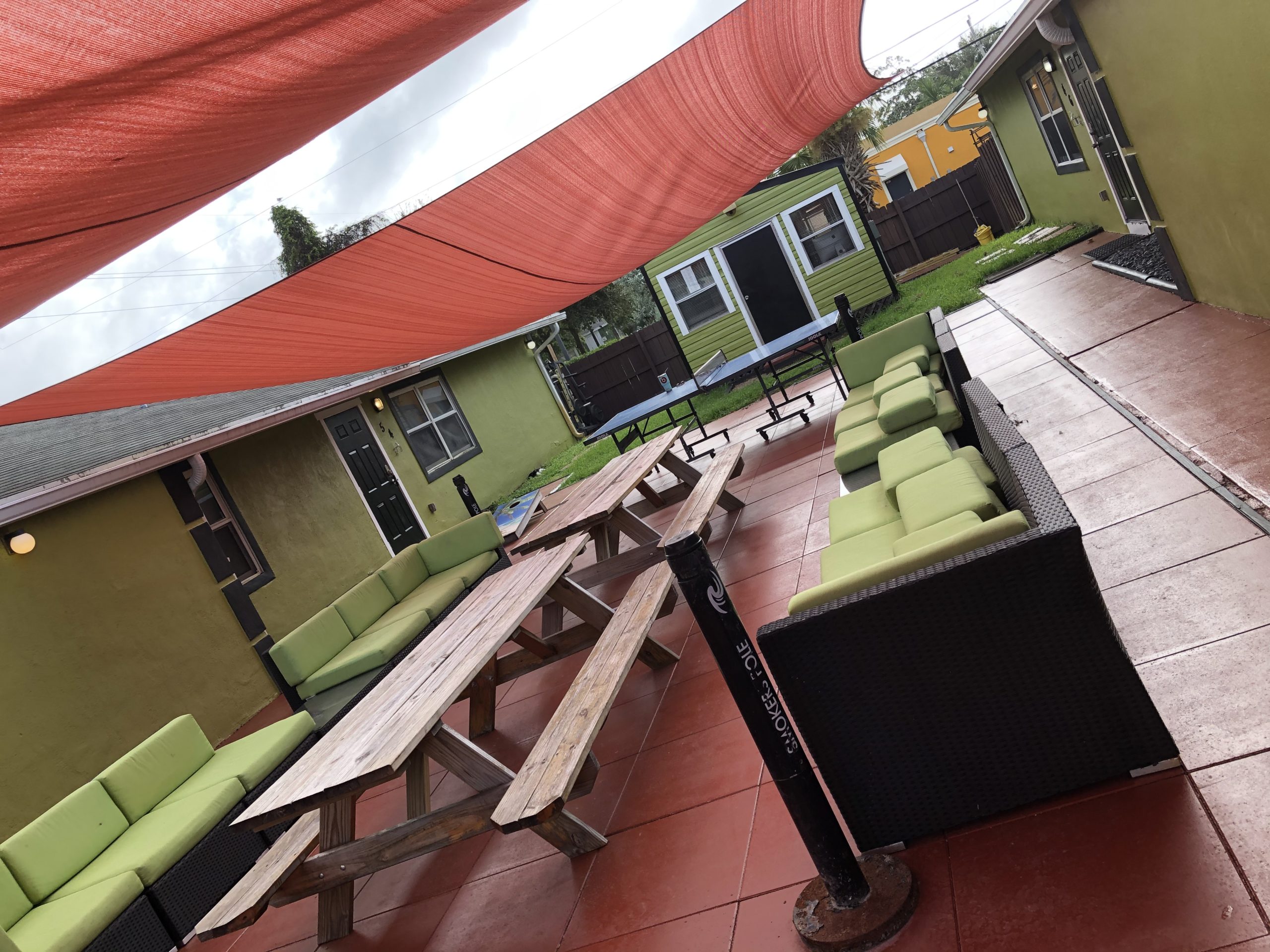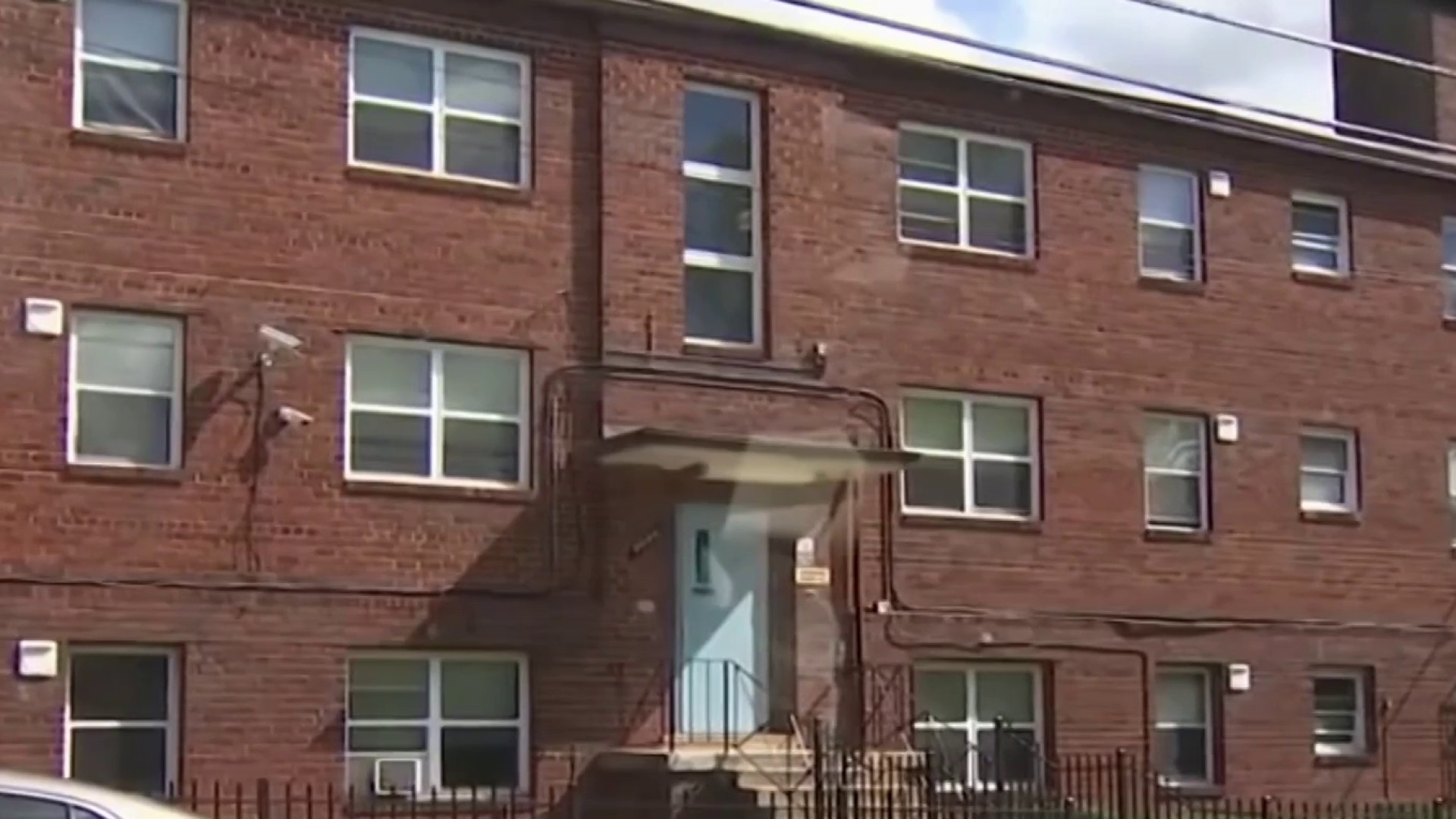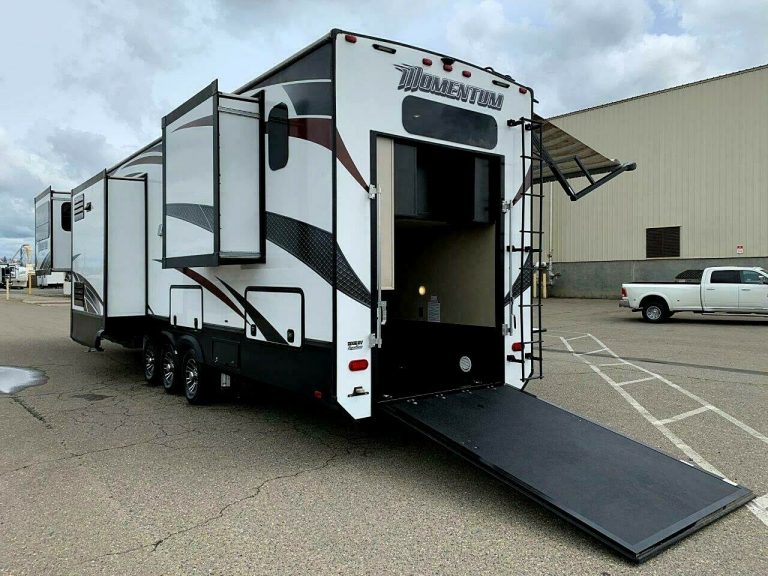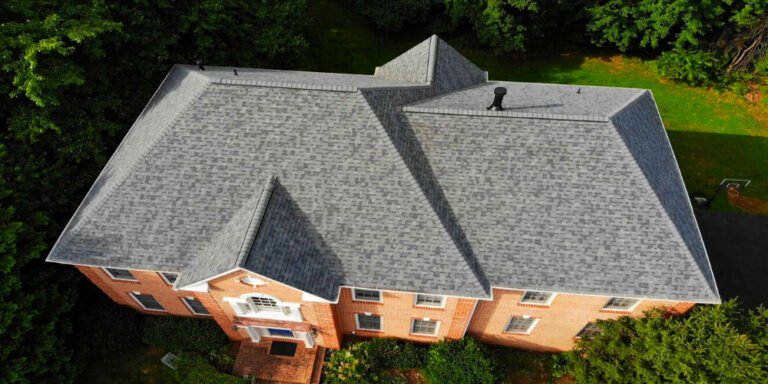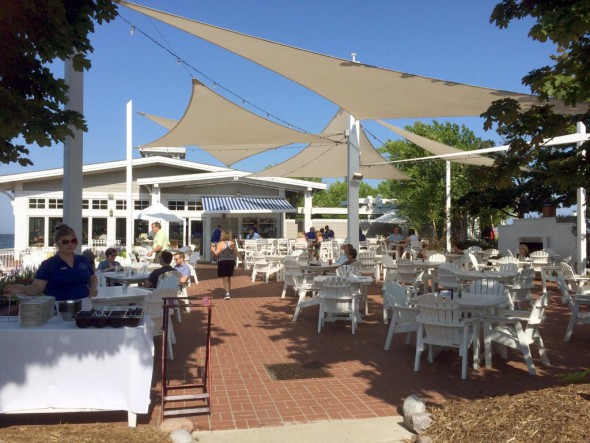Table Of Content

It can be difficult for people in recovery to get the social interaction they need. It can be hard for some to find new friends or social circles that respect their new lifestyle. Halfway houses offer social interaction with people who understand the challenges of sober living. Most halfway houses have rules to follow and help residents set boundaries. According to research published in the Journal of Psychoactive Drugs, halfway houses and sober homes are highly effective in the ongoing treatment of substance use disorder. Halfway houses are less disciplined than inpatient rehab centers but slightly more regulated than sober homes.
Carvalho faults alleged actions of school safety worker who failed to stop fatal fight
Trust that when you're reading content from "Recovery Unplugged," you're gaining insights from dedicated professionals who are at the heart of making a difference in the lives of those seeking recovery.

Transitional Living Programs
Halfway houses provide support to those who are new to recovery and are committed to a life without their addiction. They offer a middle step for people who are committed to sober living but aren't ready to live independently. Depending on your needs, you can live in a halfway house for a few weeks or months. While halfway houses assist recovering addicts, former correctional facility inmates may come to live at a halfway house after finishing a prison sentence to help them with their reentry into regular society. Halfway houses have a maximum limit of 12 months for residency, and for someone looking to establish a long-term sober living environment, a halfway house may not be ideal.
What are Halfway Houses?
Cases of COVID-19 are uniquely dangerous in halfway houses due to the work release component of many facilities. Most states do not release comprehensive policy on their contracted halfway houses. From states like Minnesota, we are able to see that the carceral conditions in federal RRCs are often mirrored in the state system. Halfway houses for people without homes are designed for the general population, but the programs may be capable of helping people in recovery from substance abuse issues. They provide the support systems necessary for individuals to reconnect with their community and locate resources that help them find purpose.
The unmet health needs of people in prison
Residents outraged about 'halfway house' - FOX 11 Los Angeles
Residents outraged about 'halfway house'.
Posted: Thu, 04 Jan 2024 08:00:00 GMT [source]
Curfews are often enforced, and residents have to participate in chores and attend house meetings. Prison systems in many states use halfway houses to help individuals re-enter society after incarceration. These houses provide an array of services that can include treatment for substance use disorders. Many halfway houses have staff available around the clock to provide support and monitoring for the residents.
Halfway houses can also help people with other mental health disorders find stable housing after mental health treatment. Transitional living environments for people with a history of homelessness may also be called halfway houses. Stays in halfway houses are often court-mandated, so one should expect a regimented schedule that encourages residents to seek employment and get back on their feet. You can expect staff to be on-site and to enforce house rules, such as curfews and regular drug testing.
The Role & Importance of Halfway Houses in Supporting Recovery & Reintegration
They accomplish this by connecting residents to local resources, such as clinics and peer-support programs, like 12-Step meetings, Alcoholics Anonymous (AA), and Narcotics Anonymous (NA). Attendance in continuing drug/alcohol therapy programs and the securing of a sponsor is often enforced as part of the halfway house rules to help maintain recovery. A halfway house, sometimes known as a sober-living home, is a home-like facility where recovering addicts live and receive staff supervision. It is usually located in a residential area and has a small number of residents in order to match the neighborhood’s character.
Compare your state's use of the prison to the world at large
A photographer was among those arrested during clashes between protesters and law enforcement on the University of Texas at Austin campus on Wednesday. The university "supports free speech through open dialogue that is respectful and constructive," the officials said. House Speaker Mike Johnson called Wednesday for the resignation of the university’s president if she can't "bring order to this chaos." The university closed its campus Wednesday evening as LAPD began arresting demonstrators.
It is important to note that recording or sharing the video is restricted in order to maintain confidentiality and security. In the event of a breach of these guidelines, visitation may be terminated. During a video visit, no unlawful or inappropriate content shall be displayed.
Some facilities permit residents to bring outside medications but have restrictions on the amount and type of medication. Other facilities have restrictions in place that require medications administered by staff members. Many people choose to live at a halfway house to maximize their time in a recovery environment and to keep themselves strong on their path towards healing. Whether we have unsupportive family members, animosity in the home that could be triggering, or others in the home who are actively using, it can set back the recovery process significantly. Also note that in some states (e.g., Texas), halfway houses only serve parolees.13 So it may be helpful to note how your state defines the term before you consider a halfway house as a recovery option.
This gives you enough time to get back on your feet, secure a steady job, and feel strong in your sobriety. Sobriety is an active part of everyone’s lives and is celebrated in these environments. Many halfway houses also make attending Alcoholics Anonymous (AA) or other 12-step meetings mandatory. This removes temptation and helps people in recovery see that it is possible to enjoy life without these substances. Some halfway houses also require residents to work or seek gainful employment during their stay. Halfway houses are government-funded programs for former criminals and recovering addicts.
Halfway houses are like “halfway points” between some kind of rehabilitation program and regular, day-to-day living. Co-occurring disorder treatment houses are residential programs that provide treatment for substance use disorders and mental health conditions. These houses offer holistic treatment, which may involve medications, therapy, and support groups. The goal of co-occurring disorders treatment houses is to help people get their lives back on track by addressing both addiction and mental health conditions. In supporting someone’s recovery, setting clear expectations and boundaries is essential.
Halfway house rules and guidelines keep residents on track and prevent relapse. For instance, the rules may forbid residents from bringing drugs or alcohol to the house. There may also be a rule that makes attending therapy sessions or support meetings compulsory as long as you are in the facility. These rules provide a level of accountability that helps prevent relapse.
